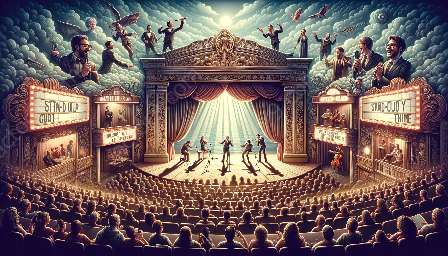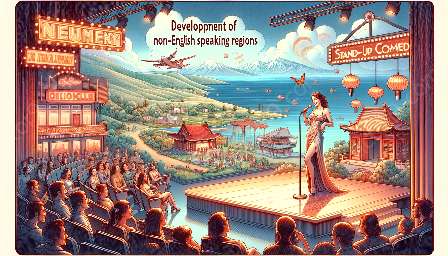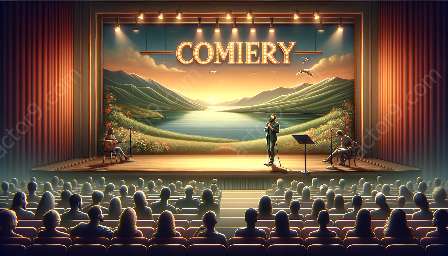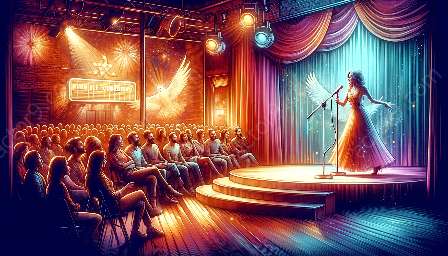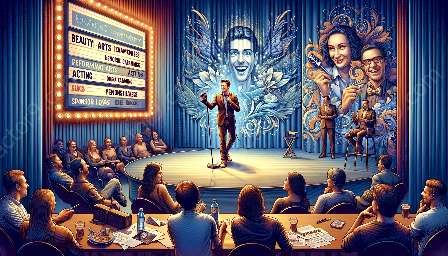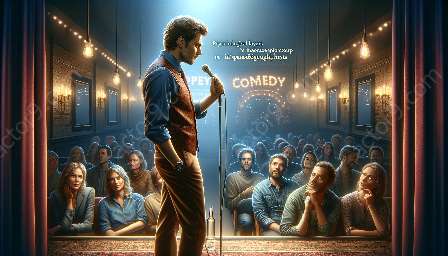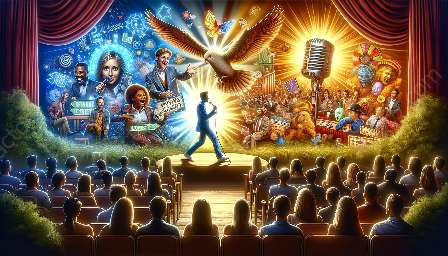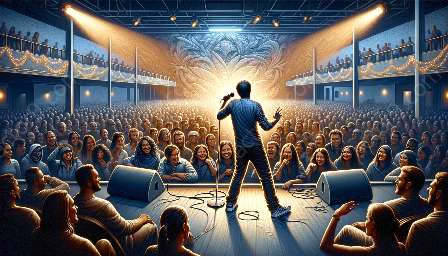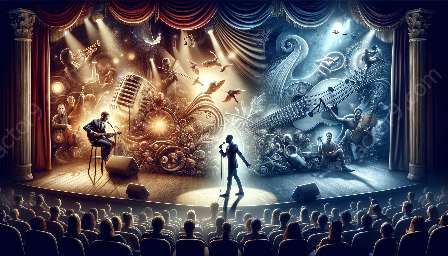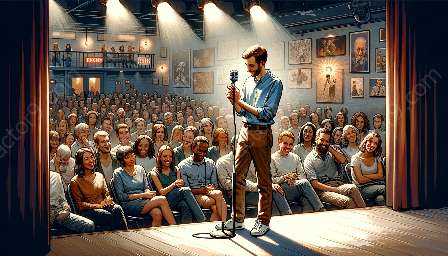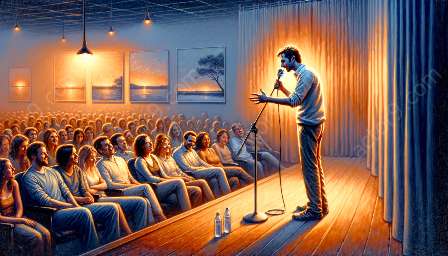Stand-up comedy is a diverse art form that encompasses a wide range of styles, each with its own unique approach to humor and performance. Understanding the different styles of stand-up comedy is essential for appreciating the nuanced skill and creativity that comedians bring to the stage.
Observational Comedy
Observational comedy involves comedians sharing their unique perspectives on everyday life and experiences. This style often involves finding humor in the mundane and relatable aspects of human behavior. Comedians such as Jerry Seinfeld and Louis C.K. are known for their observational humor, making audiences laugh by pointing out the absurdity in common situations.
Political Comedy
Political comedy tackles current events, social issues, and political controversies in a humorous and satirical manner. Comedians like Jon Stewart and Samantha Bee use sharp wit and biting satire to shed light on the absurdities and contradictions of the political landscape, often challenging societal norms and sparking meaningful conversations.
Physical Comedy
Physical comedy relies on exaggerated movements, gestures, and facial expressions to evoke laughter from the audience. Comedians such as Charlie Chaplin and Jim Carrey are iconic figures in this style, using their physicality and slapstick humor to entertain and engage audiences without saying a word.
Storytelling Comedy
Storytelling comedy involves comedians recounting personal anecdotes, narratives, and life experiences, often with humorous twists and embellishments. This style allows comedians to engage audiences through compelling storytelling and provides a platform for connecting with the audience on a personal level. Comedians like Mike Birbiglia and Sarah Silverman excel in this style, captivating audiences with their captivating narratives and comedic timing.
Character-driven Comedy
Character-driven comedy involves comedians portraying fictional or exaggerated personas to create humor. This style often blurs the line between stand-up comedy and theatrical performance, allowing comedians to embody eccentric characters and personas. Comedians like Eddie Murphy and Amy Schumer have mastered the art of character-driven comedy, bringing their vivid characters to life on stage with captivating performances.
The Business of Stand-Up Comedy
The different styles of stand-up comedy intersect with the business side of the industry in various ways. Comedy clubs, theaters, and entertainment venues cater to different audiences with diverse comedic tastes, providing opportunities for comedians to showcase their unique styles and build their fan base. Additionally, comedy agents and managers play a crucial role in promoting comedians and booking gigs that align with their specific comedic styles. Understanding the business of stand-up comedy involves navigating the complexities of audience demographics, marketing strategies, and industry trends while staying true to one's comedic style and artistic vision.
In conclusion, the world of stand-up comedy is rich with diverse styles that cater to a wide range of comedic preferences. Comedians continually push the boundaries of creativity, using their unique styles to connect with audiences, evoke laughter, and provoke thought. Each style contributes to the vibrant tapestry of stand-up comedy, showcasing the ingenuity and artistry of comedians who bring laughter to audiences around the world.


